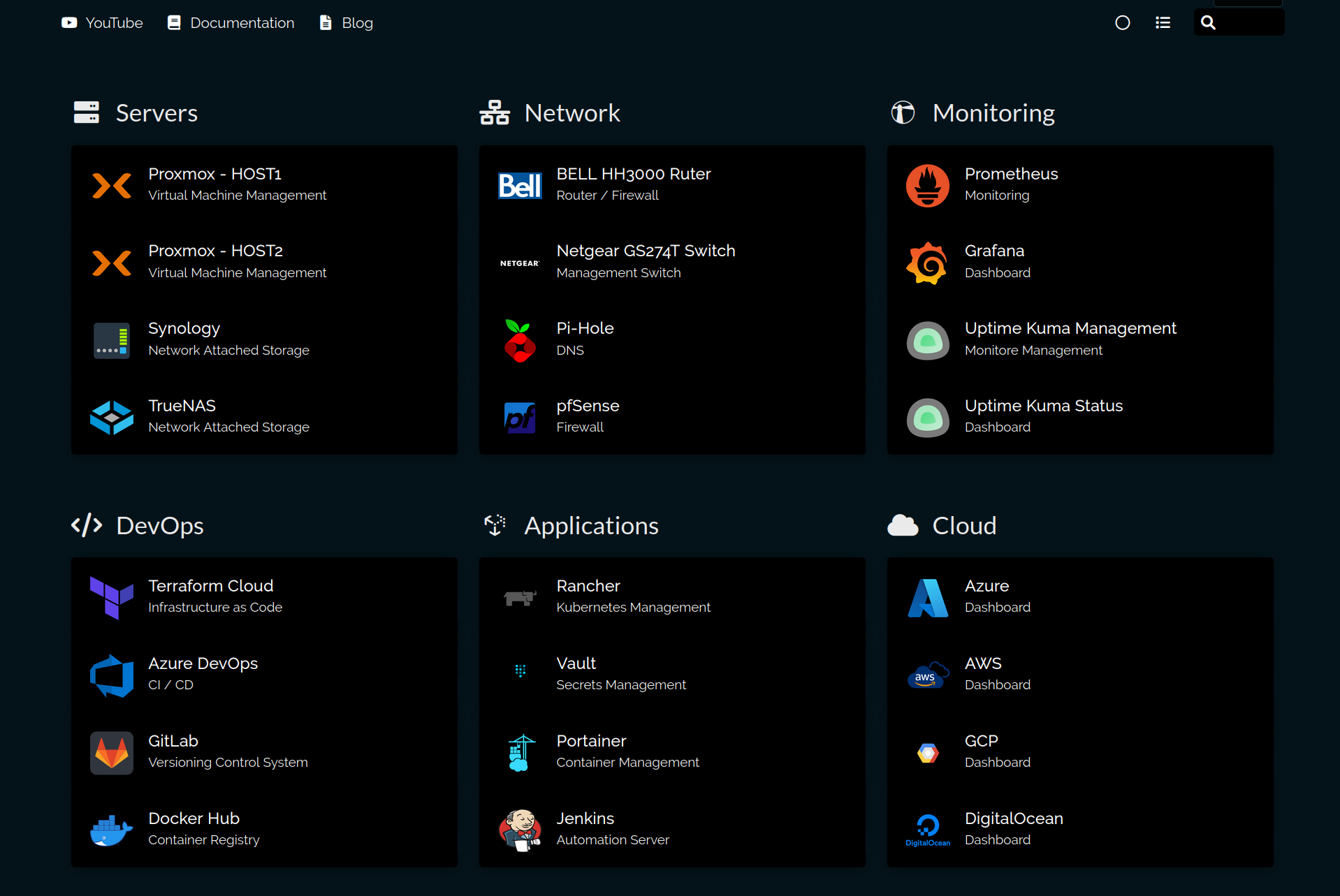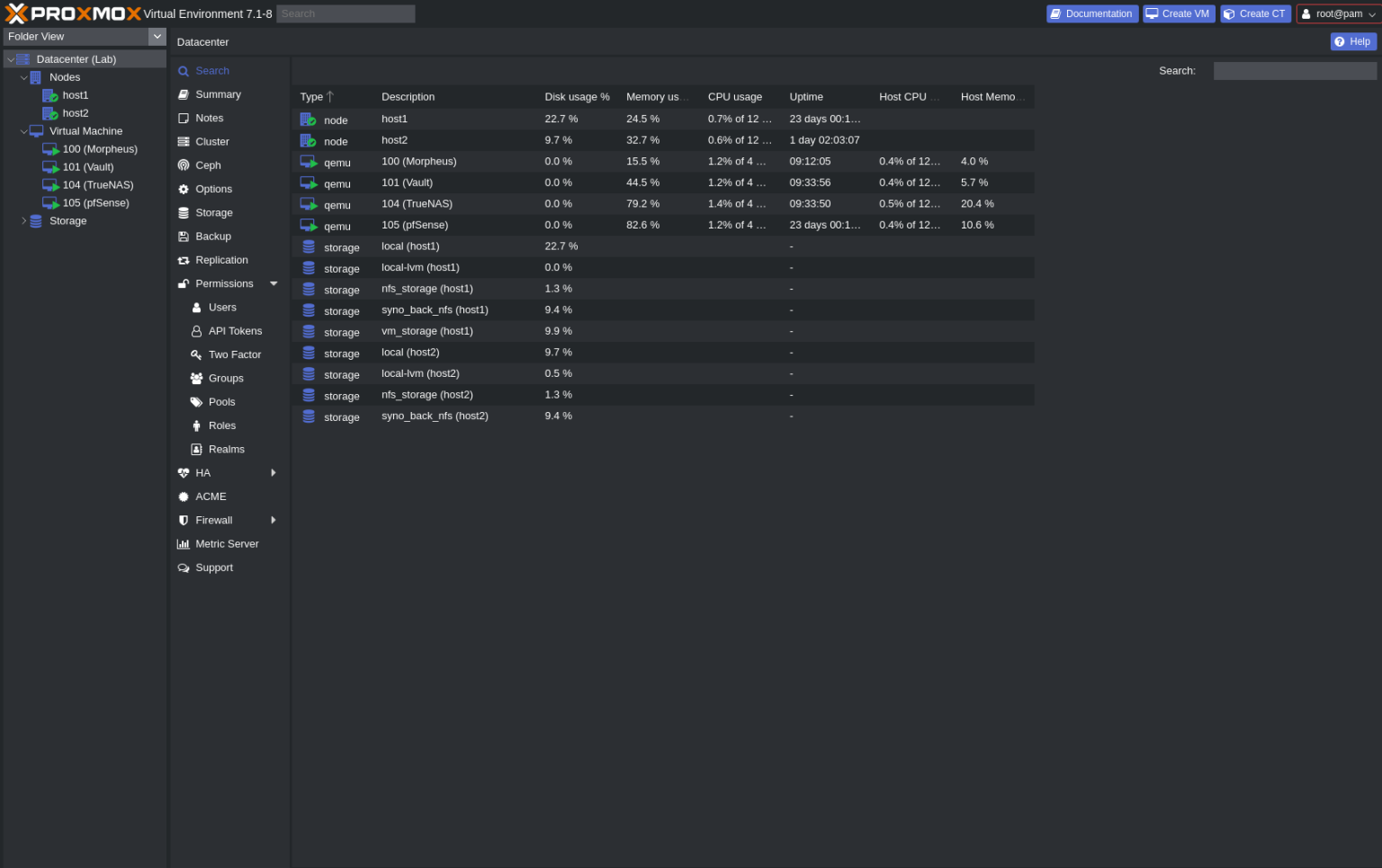If you work in IT, you knw that there’s a constant evolution of technology and so we find ourselves often learning new skills. I am a visual person, and so the best way for me to learn, is by doing, not only reading. For this reason, I decided to setup a small lab where I can experiment with different software and see how everything works.
Compute
I needed to purchase some hardware for the home lab, but I didnt want to have the bulky servers like the R710 or R610, I wanted something small, quiet, and cheap. I intend to use these servers as virtualization host running Proxmox, as well as running VMs with containers inside. I figured, I’d go with 2 hosts and each hosts loaded with 32GB of Memory. As I am running very small workloads, like containers mainly and few other services like pfsense, vault, and consul, having 64GB of memory is more than enough. This much memory still leaves a good amount of free memory for testing various other services… but typically, I only have 3-4 VMs running at all times.
- 2 x Lenovo Ideacenter 5 (Proxmox Hosts)
- CPU: Intel Core i5 10400 6C/12T @2.9Ghz Base and boosts to 4.3Ghz
- Memory: 32GB DDR4 Non ECC
- NOTE: When I move to a new place, I will build a more robust lab, and will use ECC memory, but for now, this will do.
- Storage: 1 x 256GB NVMe drive and 1 x 1TB SSD
- NIC: Intel i350 1Gb quad port NIC
Storage
For storage, I primarily use a Synology DS412+ NAS, it acts as my backup for VMs, File Server,and Docker host to host some containers.
I also backup the Synology NAS offsite, using Amazon Glacier
Networking
For netwoking equipment, I primarily use the following:
- Switch: Netgear GS274T 24 x 1Gb Ports
- Access Point: TP-Link EAP265
- Router/Modem: Bell HH3000
Services
In terms of what services I run in my lab, inlcude:
- Docker
- Homer (Dashboard)
- Portainer
- pfSense
- Prometheus
- Grafana
- Uptime Kuma
- Vault
- TrueNAS

